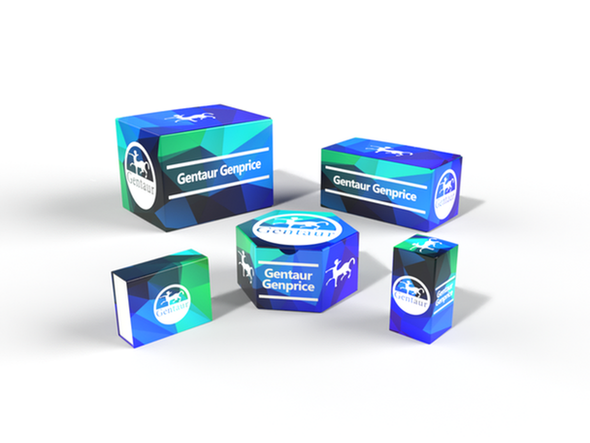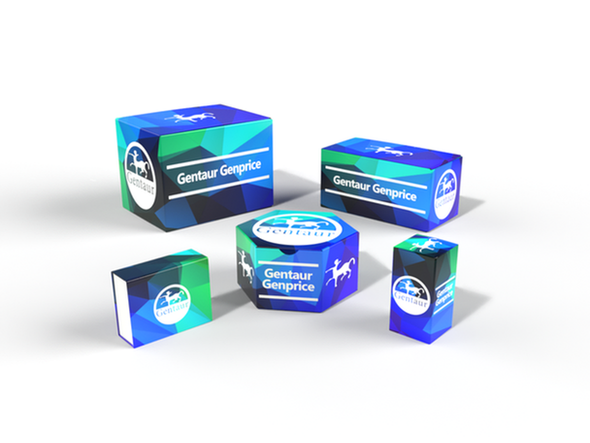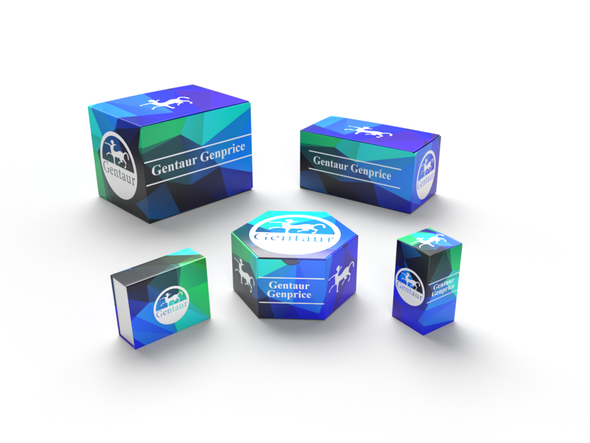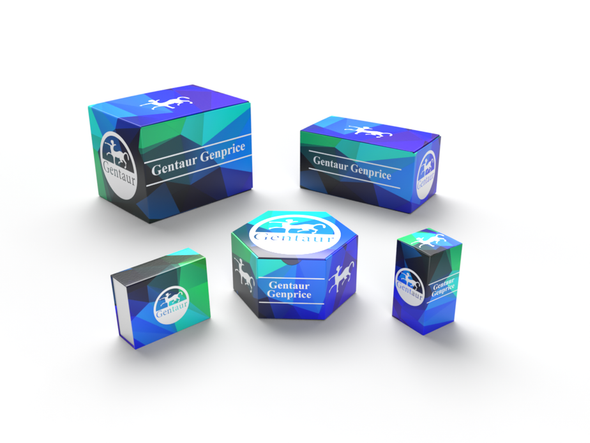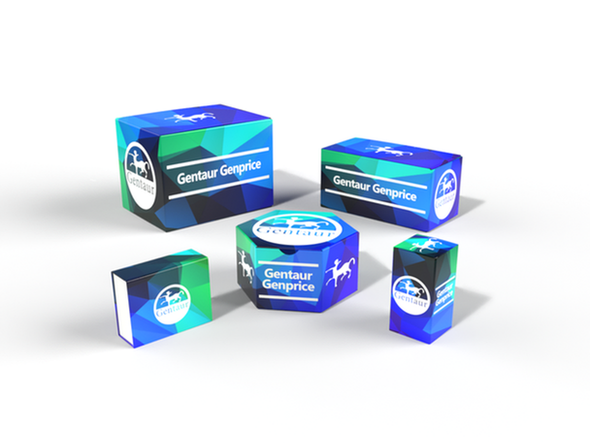740
Hyaluronic acid (HA) ELISA Kit | AE64459GE
- SKU:
- 740-AE64459GE
- Availability:
- Usually ships in 5 working days
Description
Hyaluronic acid (HA) ELISA Kit | AE64459GE | Gentaur UK, US & Europe Distribution
Species Reactivity: General
Abbreviation: HA
Alternative Name: N/A
Application: ELISA
Range: 1.56-100 ng/mL
Sensitivity: 0.78 ng/mL
Intra-Assay: ≤4.3%
Inter-Assay: ≤9.2%
Recovery: 1, 02
Sample Type: Serum, Plasma, Other biological fluids
Detection Method: Sandwich
Analysis Method : Quantitive
Test Principale: This assay employs a two-site sandwich ELISA to quantitate HA in samples. An antibody specific for HA has been pre-coated onto a microplate. Standards and samples are pipetted into the wells and anyHA present is bound by the immobilized antibody. After removing any unbound substances, a biotin-conjugated antibody specific for HA is added to the wells. After washing, Streptavidin conjugated Horseradish Peroxidase (HRP) is added to the wells. Following a wash to remove any unbound avidin-enzyme reagent, a substrate solution is added to the wells and color develops in proportion to the amount of HA bound in the initial step. The color development is stopped and the intensity of the color is measured.
Product Overview: Hyaluronan (also called hyaluronic acid or hyaluronate) is an anionic, non-sulfated glycosaminoglycan distributed widely throughout connective, epithelial, and neural tissues. It is unique among glycosaminoglycans in that it is unsulfated, forms in the plasma membrane instead of the Golgi and can be very large with its molecular weight often reaching the millions.One of the chief components of the extracellular matrix, hyaluronan contributes significantly to cell proliferation and migration, and may also be involved in the progression of some malignant tumors. The average 70 kg (154 lbs) person has roughly 15 grams of hyaluronan in their body, one-third of which is turned over (degraded and synthesized) every day. Hyaluronic acid is also a component of the group A streptococcal extracellular capsule, and is believed to play a role in virulence.
Stability: The stability of ELISA kit is determined by the loss rate of activity. The loss rate of this kit is less than 5% within the expiration date under appropriate storage condition. The loss rate was determined by accelerated thermal degradation test. Keep the kit at 37°C for 4 and 7 days, and compare O.D.values of the kit kept at 37°C with that of at recommended temperature. (referring from China Biological Products Standard, which was calculated by the Arrhenius equation. For ELISA kit, 4 days storage at 37°C can be considered as 6 months at 2 - 8°C, which means 7 days at 37°C equaling 12 months at 2 - 8°C) .


